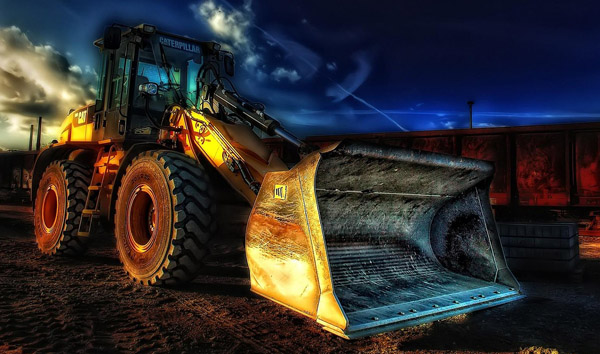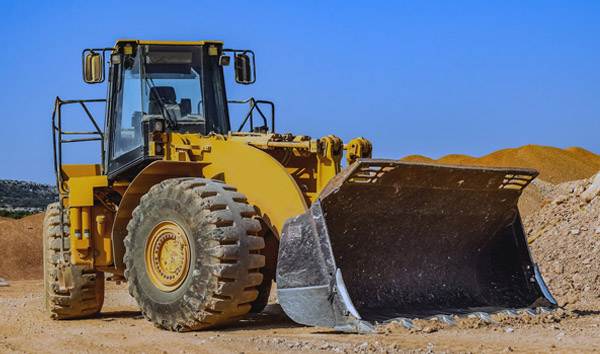Navigating Tight Spaces: The Turning Radius of Rough Terrain Telehandlers
2025-07-24 05:45:27
The turning radius of a rough terrain telehandler is a key performance metric that determines its ability to navigate tight spaces, uneven ground, and job site obstacles. Industry data indicates that most models feature a turning radius between 15 to 25 feet, depending on wheelbase length and steering configuration. Articulated steering systems, common in advanced models, can reduce the turning radius by up to 30% compared to traditional front-axle steering.
Load capacity and stability directly influence the turning radius of rough terrain telehandlers. When fully loaded, the machine’s center of gravity shifts, requiring wider turns to prevent tipping. Manufacturers like JLG and Genie design their telehandlers with dynamic stability systems that adjust hydraulic pressure during sharp turns, ensuring safe operation even on slopes. Field tests show that a 10,000-lb capacity telehandler typically requires a 20% larger turning radius under maximum load.
Terrain conditions play a significant role in maneuverability. Soft or uneven ground increases rolling resistance, forcing operators to take wider turns to maintain control. Recent studies by Caterpillar demonstrate that telehandlers equipped with all-wheel steering and differential locks can achieve a 15% tighter turning radius on rough terrain compared to standard models. This makes them ideal for construction sites with limited space or forestry applications where precision is crucial.
Operator training is another critical factor in optimizing the turning radius of rough terrain telehandlers. Skilled operators can utilize crab steering (diagonal wheel movement) to navigate obstacles more efficiently. OSHA guidelines recommend specialized training for telehandler operators, as improper turning techniques can lead to rollovers or collisions. Simulation-based training programs have been shown to reduce turning-related incidents by 22%, according to a 2023 industry safety report.
Future advancements in telehandler design aim to further minimize turning radius without sacrificing stability. Prototypes with rear-axle articulation and AI-assisted steering are currently in testing, promising a 40% reduction in turning space requirements. As job sites become more congested, the ability of rough terrain telehandlers to maneuver precisely will remain a top priority for manufacturers and operators alike.














